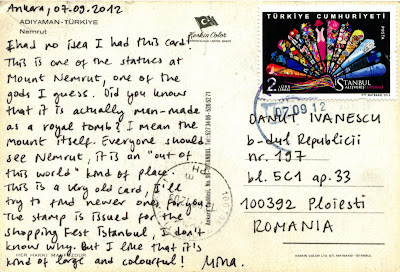In ca. 750AD, when Tiwanaku (also spelled Tiahuanaco), the capital city of a powerful empire that dominated a large area of the southern Andes and beyond, reached its apogee, Iberian Peninsula had just been conquered by Moors and Spanish people hadn't been formed yet. Not even Spanish, the language in which the conquistador
Pedro Cieza de Leon will write, for the first time, about the ruins of this civilization, doesn't exist yet.
Little is known about the city itself, located on the southern shore of the
Lake Titicaca, along the present border between Bolivia and Peru, because its inhabitants left no written history, but the material evidences, whether it's about their monumental constructions or about pottery, prove a high level of civilization. It seems that around 400 AD, Tiwanaku went from being a locally dominant force to a predatory state, extending its domination in the ensuing centuries over the portions of what is now Peru, Argentina, Chile, and Bolivia, order for around 1000 AD to completely disappear. So when the conquering
Inca arrived in this region, to the mid-15th century, the site had been mysteriously abandoned for half a millennium.































